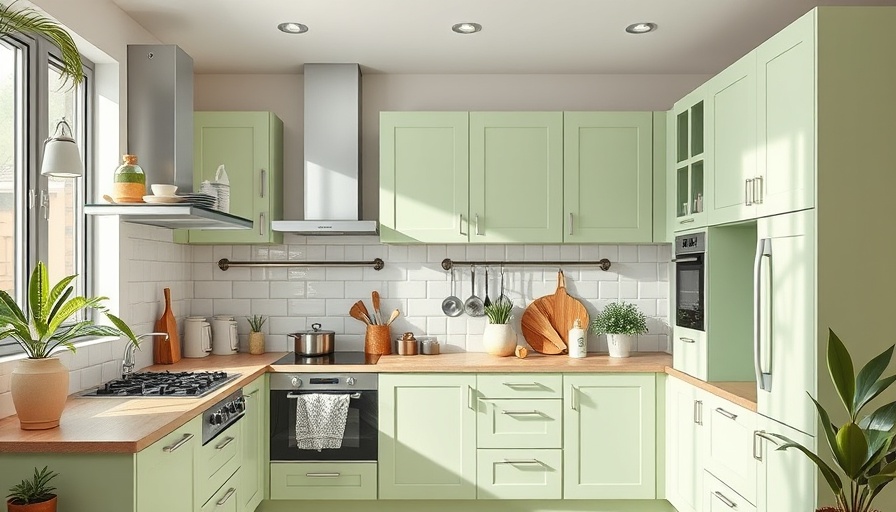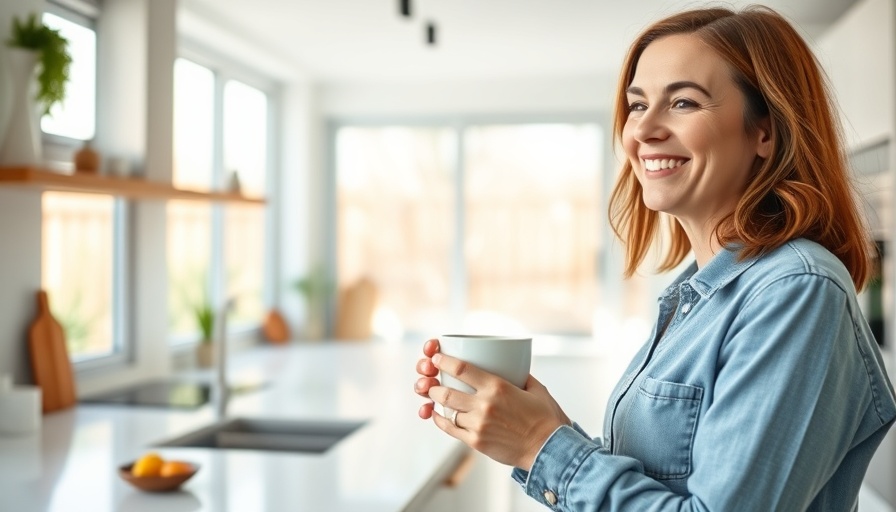
Master the Art of Kitchen Painting: Avoid These Common Shortcuts!
Thinking of giving your kitchen a makeover? Painting your cupboards can indeed breathe new life into your culinary space, but as any seasoned DIY enthusiast will tell you, it's crucial to approach this creative project with care. While it might be tempting to cut corners with 'time-saving' hacks, these shortcuts can often lead to disappointing results that will leave you frustrated.
Serena Khan, a creative lead at Woodmere, warns against these pitfalls that can transform your DIY dreams into nightmares. Below, we break down seven misleading shortcuts to avoid, ensuring that your kitchen renovation will be both stunning and durable.
Why Skipping Sanding is a Recipe for Disaster
One of the most common mistakes is bypassing the sanding step altogether. Although it might feel like a tedious task, sanding your cupboards is essential for paint adherence. Ignoring this crucial step could lead to paint peeling or chipping over time. Serena recommends using fine-grit sandpaper (220-320 grit) to ensure a solid foundation for your new paint. Wipe down the surfaces afterward to eliminate any dust particles — this small effort goes a long way.
The Importance of Removing Cabinet Doors for a Flawless Finish
Next on our list is the seemingly minor but impactful habit of painting cabinet doors while they are still attached. While it might appear more convenient, this practice usually leads to uneven paint job and cutting problems around hinges. For optimal results, remove all doors and drawers; paint them on a flat surface where you can achieve an even finish. It's a little extra effort that guarantees professional-looking results!
Cleanliness is Key: Don’t Get Too Comfortable!
Even if your kitchen cabinets look clean, they might not be ready for paint. Years of cooking messes can leave behind grease and grime that hinder paint adhesion. It's vital to use a potent degreaser to clean the surfaces thoroughly before you paint. Allow everything to dry properly — this clean slate is the best kind of preparation for the painting process.
The Disadvantages of Skipping Primer
Speaking of preparation, let’s talk about primer! Some DIYers feel tempted to skip this crucial step, thinking that a good paint will adhere well enough on its own. However, without a bonding primer, you're setting yourself up for failure. Primer acts as a sealant and a bonding agent, ensuring that the topcoat of paint stays put. Make the investment in a quality bonding primer designed specifically for kitchen cabinets; your future self will thank you.
Time-Saving Isn’t Always Cost-Effective
While it might look like cutting corners saves time, in the long run, it leads to poor results that require even more time and investment to correct. After all, what does it matter if you save a few hours if you have to redo the entire job later? Taking your time and focusing on quality now will elevate your kitchen's look and the durability of your paint job.
Final Thoughts: Make Your Kitchen Shine
The thrill of a DIY project lies in seeing your vision turn into reality. By avoiding these shortcuts and dedicating the necessary effort to each step, you will achieve a magnificent and lasting transformation in your kitchen. Whether it's using the right tools, preparing surfaces adequately, or understanding the role of primer, each step counts towards creating that dream kitchen you've always desired. So, roll up your sleeves, plan your project well, and let your kitchen cabinets shine!
Join the Movement!
As you embark on your kitchen painting adventure, remember that thoughtful, informed decisions will always pay off in the end. For more tips and tricks on home improvement, follow local news and community updates to stay inspired and engaged!
 Add Row
Add Row  Add
Add 




Write A Comment